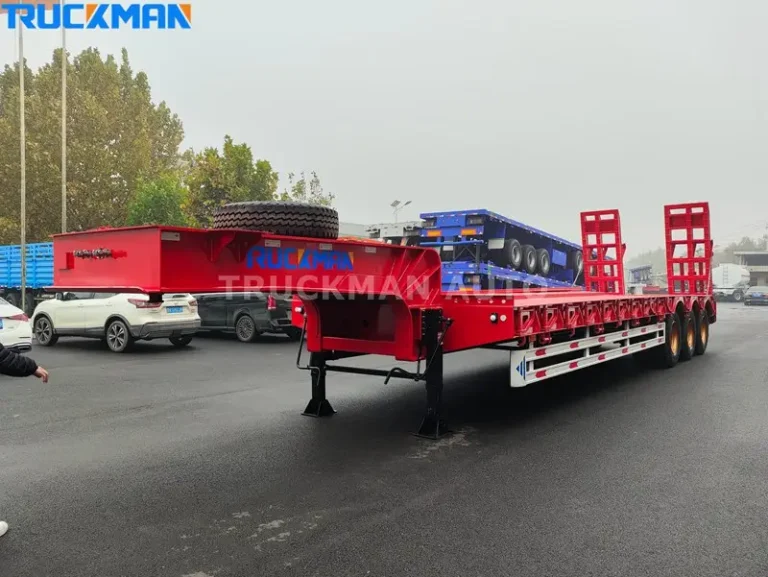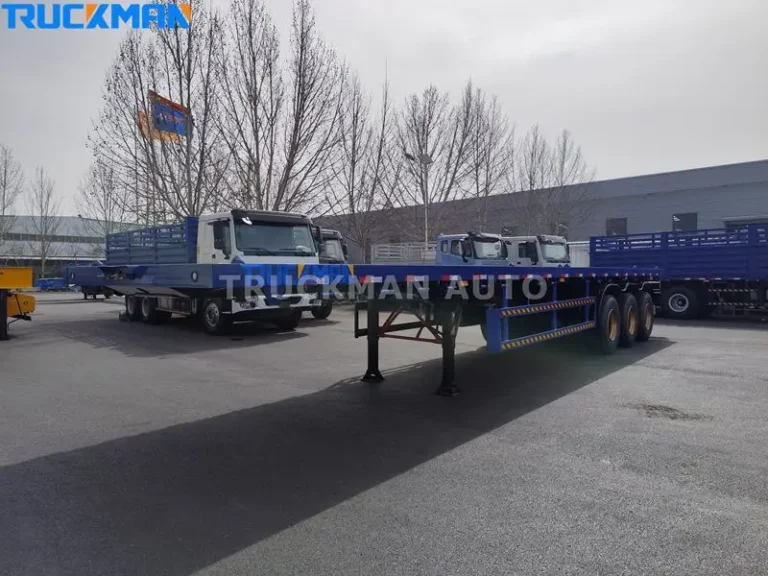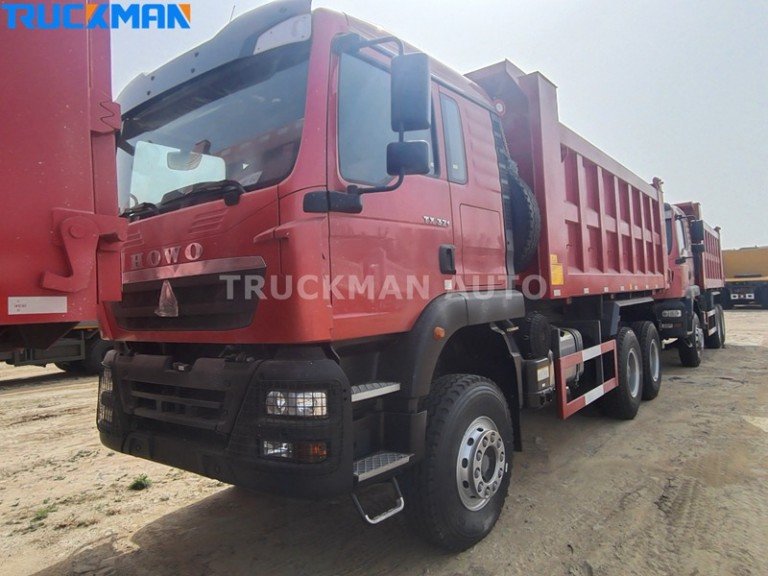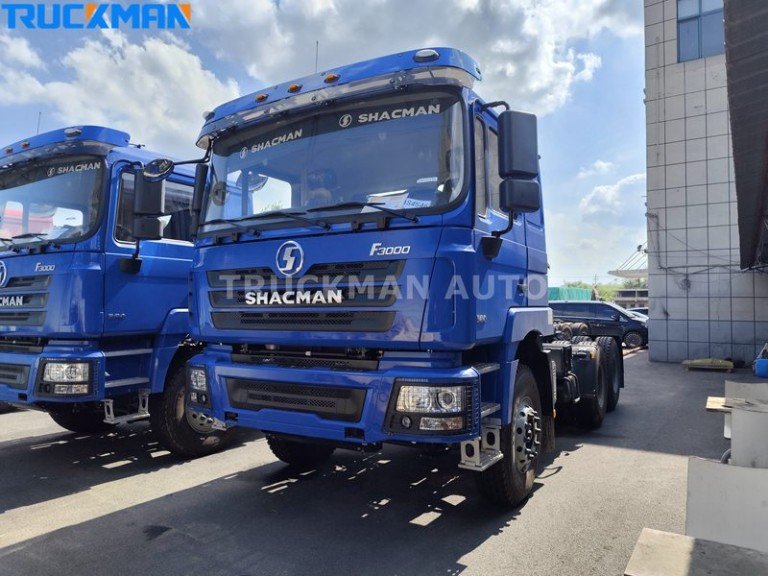In the transportation industry, the size of semi-trailers and trailers directly impacts transportation efficiency, compliance, and safety. For transportation companies and owners, choosing the right size of semi-trailer and trailer can improve operational efficiency and reduce compliance issues.
TRUCKMAN AUTOMOBILE specializes in providing customized semi-trailer solutions to customers worldwide, ensuring that every vehicle meets industry standards for a variety of transportation needs. In this article, we will explore the common dimensions of semi-trailers and trailers, related regulatory requirements, and how to customize the right semi-trailer configuration for the actual transportation task.
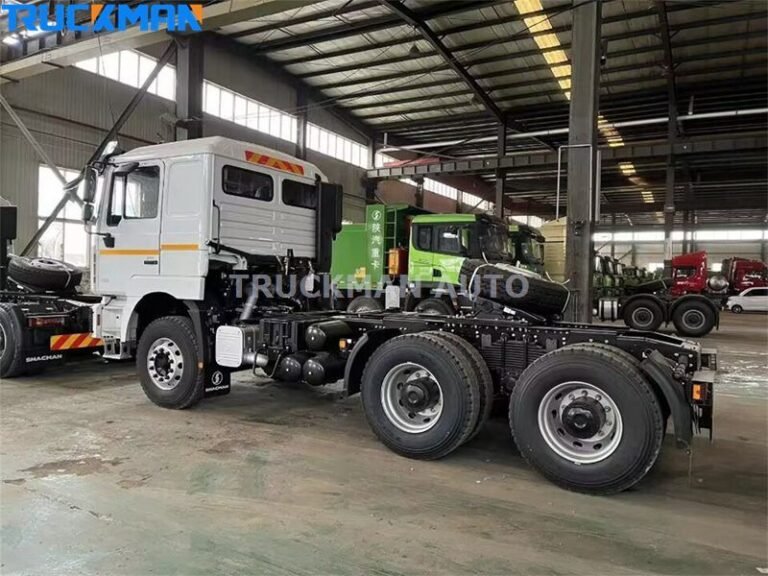
Table of Contents
Semi-trailer composition and dimensions
A semi-trailer consists of two parts: the tractor and the trailer. The tractor provides the power, while the trailer carries the cargo. Understanding the dimensions of both can help in choosing the right vehicle configuration.
Tractor Size: The size of the tractor is determined primarily by the length of the cab. Typically, cab lengths range from 15 to 25 feet, depending on the model and design.
Trailer Size: The length of the trailer is the heart of the semi-trailer. The standard trailer length is 53 feet (about 16.15 meters), which is suitable for most transportation tasks. Depending on the type and volume of cargo being transported, the length of the trailer can also be customized as needed.
Common semi-trailer and trailer overall lengths
Standard Overall Length: Most semi-trailers and trailers have an overall length of 72 feet (about 21.6 meters), which is suitable for the vast majority of long-distance transportation of common cargo.
Custom Length: For heavy cargo or special transportation tasks, longer or shorter trailers may be required. For example, when steel structures, mechanical equipment and containers are transported, the trailer length may need to be customized according to actual needs.
Regulatory requirements for semi-trailer dimensions
Regulations for the U.S. Market
In the United States, the dimensions of semi-trailers and trailers are strictly governed by federal and state regulations. Understanding these regulations is critical to ensuring compliance.
Federal Regulations: Under the Surface Transportation Assistance Act (STAA), the U.S. federal government regulates the standard size of semi-trailer trailers. 53-foot trailers are the most common standard configuration and meet most transportation needs.
STATE REGULATIONS: States have different requirements for semi-trailer and trailer sizes. For example, some states allow semi-trailers to be up to 59 feet in length, especially for speciality transport vehicles.
European and African Market Requirements
European Market: In Europe, many countries have specific regulations on the maximum length, width and axle weight of semi-trailers and trailers, and TRUCKMAN AUTOMOBILE is committed to providing customized semi-trailers that comply with the regulations of each country to ensure smooth cross-border transportation.
Africa: Semi-trailer and trailer requirements in Africa may vary depending on the region. Transportation companies need to choose compliant semi-trailer configurations according to the specific regulations of the destination country.
Customizing semi-trailers according to transportation needs
Customization for Different Cargoes
Depending on the type of cargo, the size and configuration of semi-trailers may vary. TRUCKMAN AUTOMOBILE provides customers with customized solutions to ensure that every transport is efficient and safe.
Heavy equipment and machinery: Transporting steel structures, construction machinery or large containers may require longer or specially designed trailers. Customized semi-trailers can reduce unnecessary space and improve transportation efficiency.
Customized cargo types: For irregularly shaped or oversized cargo, customized semi-trailers can provide higher load-carrying capacity and stability.
Advantages of customized design
Improve Transportation Efficiency: Customized design ensures that the trailer size perfectly matches the cargo, reducing empty loads or wasted space.
Lower transportation costs: Avoiding the risk of overloading or non-compliance reduces fines and accidents.
Enhanced safety: Customized designs provide better stability and durability in special transportation environments, ensuring a smooth transportation process.
Tractor Trailer Height and Weight
Understanding the height and weight of a tractor-trailer helps to accurately assess transportation needs and plan routes. Using a HOWO trailer as an example, here are some common dimensions and carrying capacities:
Height: HOWO trailers typically have an overall height of 13.5 to 14 feet (about 4.1 to 4.3 meters). This height is suitable for most standard cargo transportation but needs to be confirmed based on bridge heights and transportation regulations in different regions.
Weight: HOWO trailers typically have a deadweight of 15,000 to 18,000 pounds (approximately 6,800 to 8,160 kilograms). Trailers can have a carrying capacity of 45,000 to 50,000 lbs (approx. 20,400 to 22,700 kg) depending on the design of the trailer and the type of cargo being carried.
By using HOWO trailers, transportation companies can handle a wide range of heavy cargo and special tasks. The trailer’s stability and load-carrying capacity make it a common choice for large transportation tasks, especially for long-distance transportation and heavy machinery and equipment.
Semi-trailer and trailer maintenance
The importance of regular maintenance
Regular maintenance is the key to prolonging the service life of semi-trailers. With TRUCKMAN’s specialized after-sales service, customers can receive continuous support and maintenance services.
Regular Inspection: Regular inspection of the braking system, tyres, suspension system, etc. ensures the stability and safety of the semi-trailer during transportation.
Maintenance advice: TRUCKMAN provides customers with customized maintenance plans to extend the service life of semi-trailers and reduce the breakdown rate.
Improve Fuel Efficiency
Customized design can help improve fuel efficiency and reduce transportation costs. For example, TRUCKMAN’s customized semi-trailers use lightweight materials and aerodynamic design to reduce wind resistance and weight, thus saving fuel.
Conclusion
Understanding the dimensions of semi-trailers and trailers is key to ensuring that your transportation tasks are completed successfully. Whether you’re transporting general cargo or need to handle special equipment, choosing the right semi-trailer and trailer configuration can dramatically increase transportation efficiency and reduce risk. TRUCKMAN AUTOMOBILE offers customized solutions to ensure that every shipment meets international standards and fulfils a wide range of needs.
FAQ
How long is the semi-trailer and trailer combined?
Typically, the total length of the semi-trailer and trailer is 72 feet (approximately 21.6 meters). This may vary for different cargo shipments.
What is the average length of a semi-trailer and trailer?
The standard length of most semi-trailers and trailers is 53 feet (about 16.15 meters).
What is the maximum length of trucks and trailers?
In the United States, trucks and trailers can have a maximum length of 59 feet (about 17.98 meters), depending on state regulations.
How long is a semi-trailer without a trailer?
Semi-trailers without trailers (tractor only) are usually between 15 and 25 feet long, depending on the tractor model.
What is the difference between a semi-trailer truck and a trailer?
A semi-trailer truck consists of a tractor (which provides power) and a trailer (which carries the cargo portion). The size of the trailer is critical to overall transportation efficiency.

